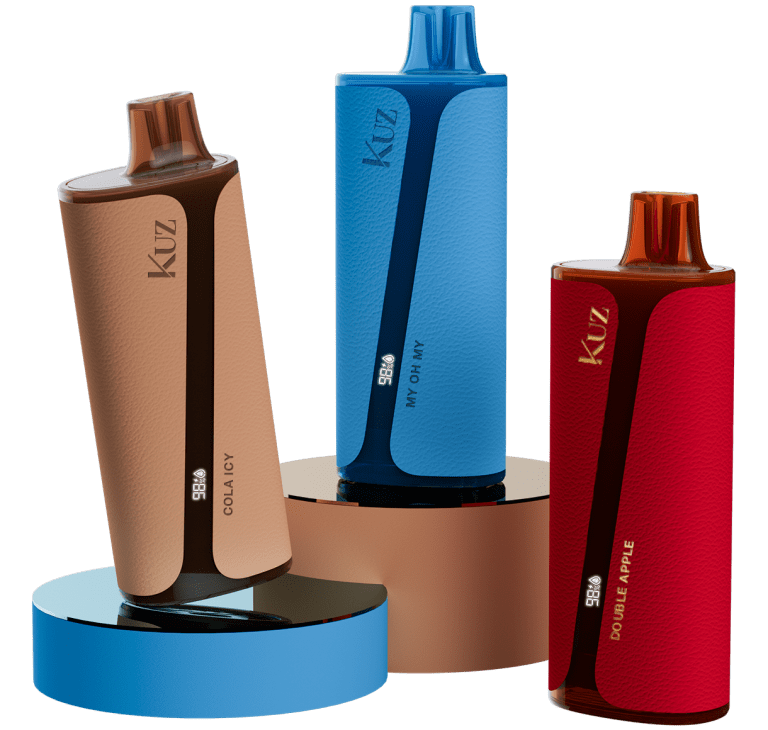Vaping has become an increasingly popular alternative to smoking traditional cigarettes, especially for individuals who want to control their nicotine intake. A common question that arises is whether you still get nicotine if you don’t inhale the vape. While it might seem intuitive that inhaling is necessary for nicotine absorption, the reality is more complex.
The Mechanics of Nicotine Absorption
Nicotine is the primary addictive compound in both cigarettes and vapes. In traditional smoking, nicotine is absorbed into the bloodstream through the lungs. However, vaping introduces a different dynamic. Even if you don’t inhale deeply into your lungs, nicotine can still be absorbed through the mucous membranes in your mouth and nose. Studies suggest that some nicotine is absorbed during this phase, but less efficiently compared to direct lung inhalation.
This means that although you may not be inhaling, your body can still receive a portion of the nicotine present in the vapor. For those who are looking to reduce their nicotine intake but not quit vaping entirely, understanding this absorption method can be key to managing consumption.
Health Impacts of Vaping Without Inhaling
Many users believe that if they avoid inhaling deeply, they might reduce the health risks associated with vaping. While it’s true that lung exposure to harmful chemicals is minimized by not inhaling, the effects of nicotine absorption through the mouth and throat remain. Nicotine still affects your body’s central nervous system, increasing your heart rate, blood pressure, and potentially contributing to long-term cardiovascular issues.
Additionally, other harmful substances in vape liquids, such as formaldehyde and diacetyl, which can lead to lung disease, may still pose a risk if present in the vapor. Vaping-related conditions like “popcorn lung” and lipoid pneumonia, although more commonly linked to inhalation, are still areas of concern even with minimal exposure to vapor.
Why People Think Vaping Is Less Harmful
A common misconception is that vaping is safer than smoking, especially if inhalation is avoided. While vaping does expose users to fewer carcinogens than traditional smoking, it still contains nicotine, addictive substances, and potentially harmful chemicals. Nicotine itself is a highly addictive compound that can lead to dependency regardless of how it is absorbed.
Moreover, studies suggest that even secondhand exposure to vape aerosol can deliver nicotine and other harmful chemicals to bystanders. This secondhand effect means that those around you might still be exposed to the risks associated with vaping, even if you don’t inhale directly.
Nicotine Addiction and Long-Term Effects
Nicotine addiction remains one of the greatest concerns with both smoking and vaping. When nicotine enters the body, even through the mucous membranes, it triggers the release of dopamine, creating a temporary feeling of pleasure and reward. Over time, this leads to dependency, making it harder for users to quit.
For individuals trying to cut back on nicotine, avoiding inhalation might seem like a viable strategy. However, it’s important to note that regular exposure to nicotine, even in small amounts, can reinforce the cycle of addiction. Whether inhaled or absorbed through the mouth, nicotine impacts the brain and can lead to long-term health problems, including an increased risk of heart disease and stroke.
Conclusion: Do You Still Get Nicotine if You Don’t Inhale?
In short, yes—you can still get nicotine even if you don’t inhale vape directly into your lungs. Nicotine is efficiently absorbed through the mucous membranes in your mouth and nose, though the amount is lower than if you inhaled it deeply. For those looking to reduce their nicotine exposure, it’s important to recognize that even with minimal inhalation, some nicotine still enters the body, contributing to potential health risks and maintaining nicotine dependency.
If your goal is to quit nicotine, consider gradually reducing your vape usage or seeking professional help to avoid the cycle of addiction. Vaping without inhaling might reduce some health risks, but it doesn’t eliminate them entirely.



